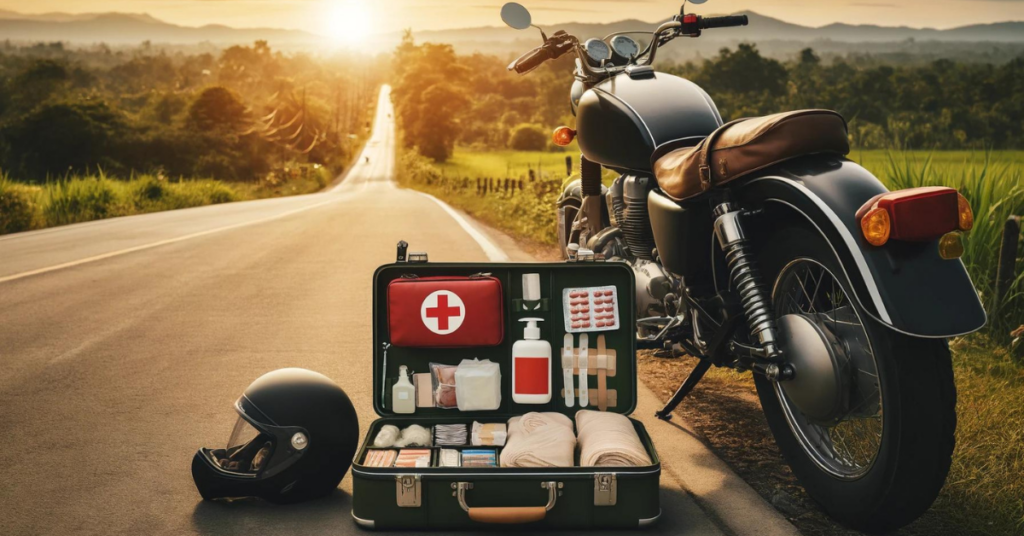3. Master Motorcycle Controls and Operation

Mastering the controls of your bike, namely the throttle, clutch, and gear shifter, is key for a smooth and secure ride. Ensuring safety involves practicing gradually reducing speed using the throttle, applying brakes with finesse, and keeping an optimal position while riding.
Effective gear shifting on your motorcycle requires skillful coordination between utilizing both the throttle and the clutch concurrently to synchronize the engine’s RPM with that of the chosen gear.
Despite their smaller size compared to cars, motorcycle riders are still required to adhere to traffic regulations. Motorcycles must be equipped with turn signals and brakes to maintain stability on the road and effectively signal intentions.
Remember that upon completing a turn, riders typically have to switch off their motorcycle turn signals manually. When applying brakes on a motorcycle, it is critical to consider the bike’s balance and how each brake—front and rear—contributes differently.
6. Maintain Your Motorcycle
Following a motorcycle safety checklist is not only about preserving the pristine condition of your bike. It’s highly necessary for guaranteeing a secure and seamless ride, prolonging the life of your motorcycle, and relishing an uninterrupted journey on the open road. Regular maintenance is integral to achieving these objectives while ensuring motorcycle safety each time you head out for a ride.
To extend the life of your motorcycle, it’s important to follow a consistent maintenance routine. Regular checks should be made on key components such as tire pressure, oil levels, and brake pads.
Note that if you observe darker or grimier oil, this could suggest it is contaminated, and changing it might be necessary.
When to Replace Tires and Brake Pads
Your motorcycle’s tires and brake pads undergo continuous wear and tear. Replace them when worn or damaged to maintain safe handling and potent braking capabilities. Be vigilant about tire tread wear because it can diminish traction, heightening the chance of accidents.
Legal Assistance and Representation
Securing skilled legal assistance can significantly impact the outcome of motorcycle accidents. Temple Injury Law is adept at managing cases related to motorcycle and motor vehicle accidents, offering legal advice for situations that involve severe injuries, extensive property damage, and medical expenses.
Temple Injury Law initiates the process of obtaining legal action. During this consultation, we will discuss the specifics of your case, explore various legal approaches, and ensure you receive the necessary assistance.
If you are in an unfortunate situation involving a motor vehicle accident, schedule a consultation with us. Temple Injury Law specializes in motorcycle accidents and other personal injury cases. We ensure you have the support to address any issues, from minor incidents to more severe motorcycle accidents.



